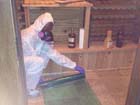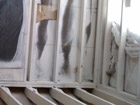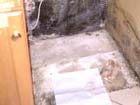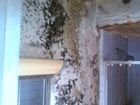
Mold in the home is no joke, and once you’ve spotted it you’re sure to be asking yourself a number of different questions; how deep has it gone, should I get someone to look at it, how did I miss this for so long, is it possible there are more mold colonies somewhere? All of these questions and more slide through your mind in rapid fire succession as you begin to grapple with this new and oh so much more elaborate and interesting than usual home maintenance project.
The bottom line, whether or not anyone wants to hear it, is that if you watch your house like a hawk, checking the potential problem places on a regular basis and dealing with anything you find promptly, you might not ever have any serious problems with mold in your home. Continue reading





